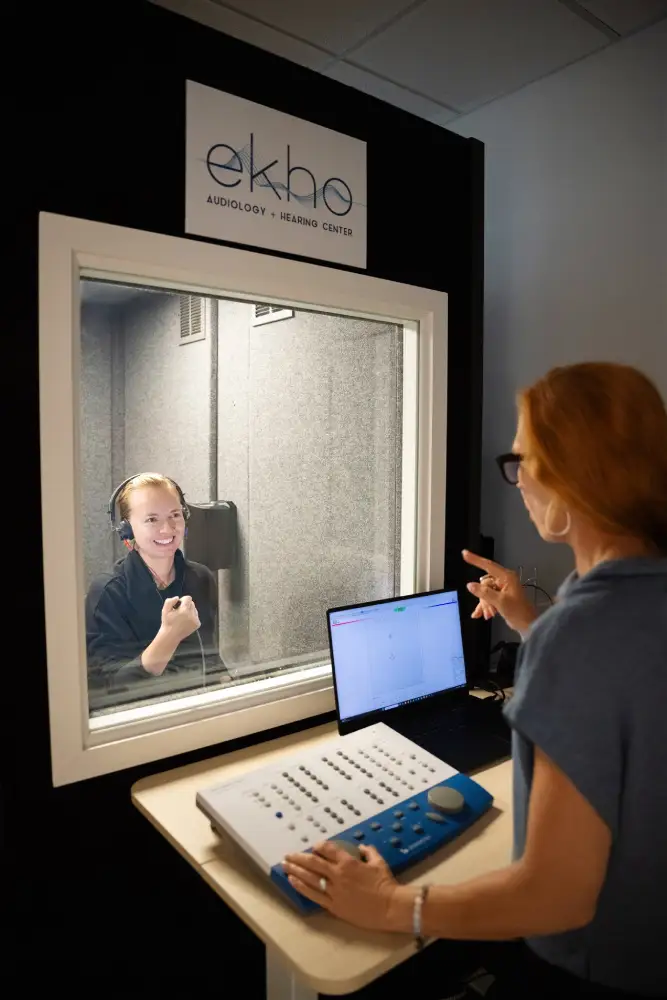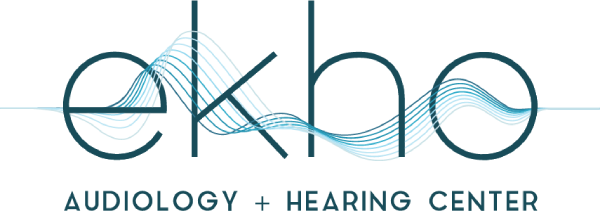
Hearing Tests

What is a diagnostic hearing evaluation?
A diagnostic hearing evaluation (also known as an audiometry exam) is the first step in determining your hearing ability. This test assesses the amount of hearing loss and identifies its location along the hearing pathway.
We encourage you to bring a family member or a friend. Bringing someone with you can provide support and help with communication. Whether you come alone or with a loved one, we will ensure you feel comfortable, supported, and heard every step of the way.
A Diagnostic Evaluation includes the following tests
Medical Review
Our audiologist will collect important information about your medical history, including any current or past health conditions, medications you are taking, and your family’s medical background. This helps ensure a comprehensive understanding of your health to provide the most effective care.
Otoscopy
An otoscopic exam is a routine procedure performed by hearing healthcare professionals to examine the ear canal and eardrum (tympanic membrane). This exam helps identify any signs of damage, infection, or obstruction that may affect your hearing health.
Air and Bone Conduction Testing
Pure-tone air conduction measures the quietest tones a person can hear at different frequencies. Bone conduction testing is similar. The results help the hearing specialist determine whether the hearing loss originates in the outer, middle ear or inner ear.
Speech Testing
Speech-in-Noise
The Speech in Noise (SiN) test evaluates how well an individual understands speech in background noise. Audiologists use this test to assess hearing sensitivity, speech perception, and how noise affects communication. This test is useful for identifying challenges in real-world environments as well as adjusting hearing aid features.
Tympanometry
Tympanometry is a diagnostic procedure that evaluates the middle ear function. During the test, a small probe is placed in the ear canal, which changes the air pressure and measures how well the eardrum moves in response. The test measures eardrum mobility, middle ear pressure and eustachian tube function.
Additional hearing tests may include
Otoacoustic Emissions (OAE)
A probe containing a microphone and speaker is inserted into the ear canal generating sound that stimulates the cochlea. This causes tiny hair cells to vibrate in response, producing a faint sound known as an otoacoustic emission. OAE testing is commonly used in newborn hearing screening.
Auditory Brainstem Response (ABR)
Electrodes are placed on the scalp and earlobes, and clicking noises are played through headphones. The electrodes record the brainwave activity in response to these sounds, helping diagnose hearing loss, especially in infants and individuals who cannot undergo standard hearing tests.
